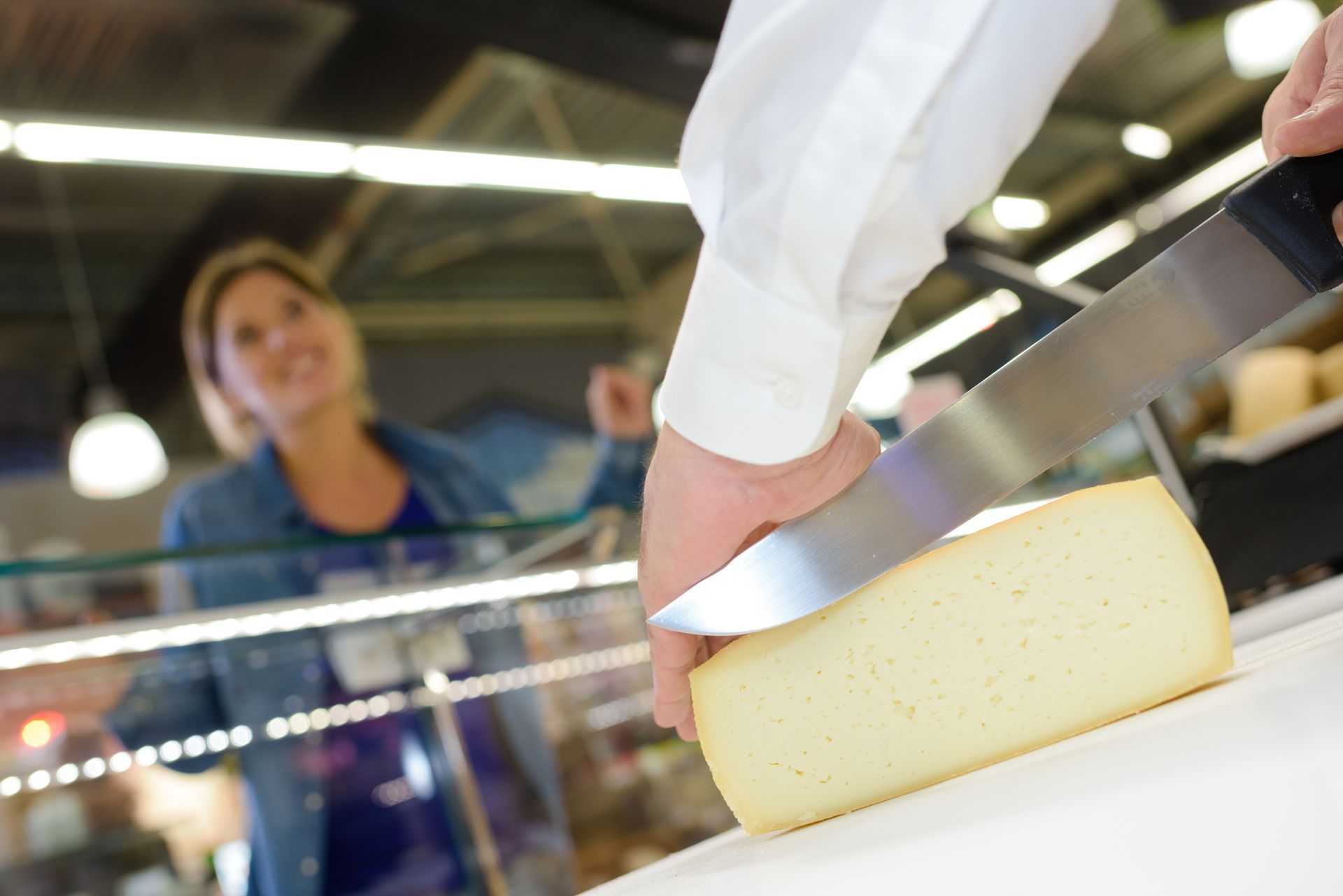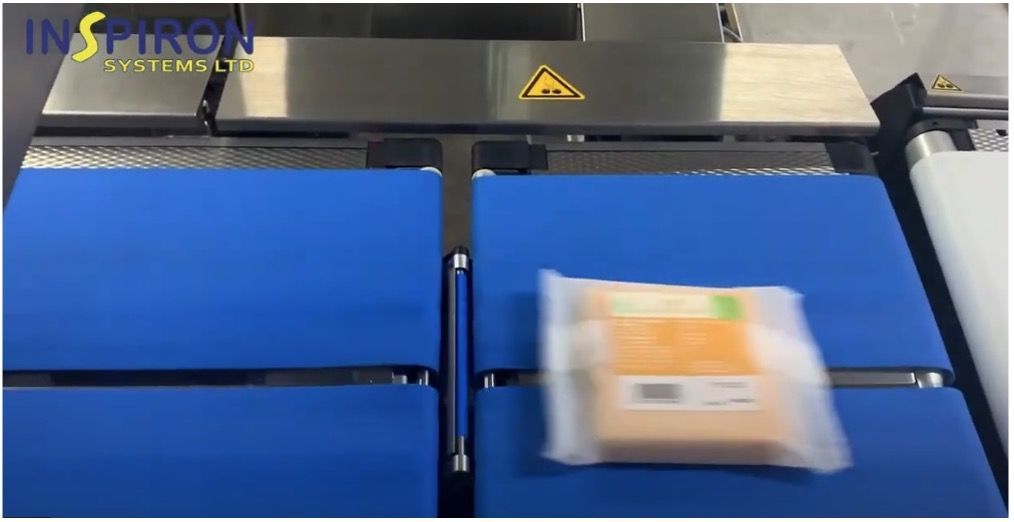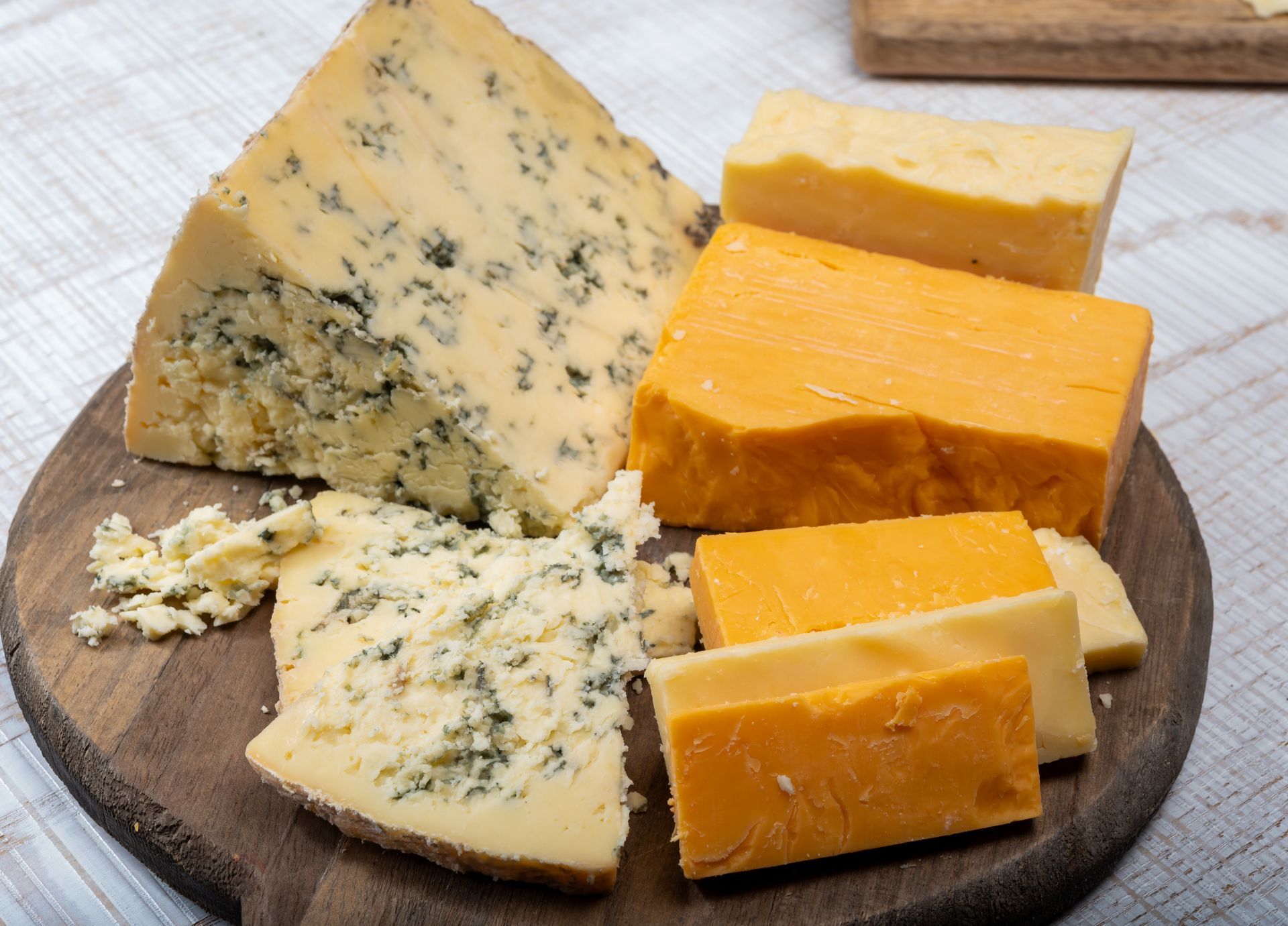Driving Cheese Education in the UK: How Supermarkets and Social Media Are Fuelling Market Growth
Executive Summary
Recent years have seen a surge of interest in specialty cheese throughout the UK, with supermarkets emerging as the primary gateway for introducing consumers to new flavors and traditions. Although cheddar still accounts for roughly half of all cheese sales, data from the Agriculture & Horticulture Development Board (AHDB) indicates that demand for alternative varieties such as brie, camembert, and mozzarella has grown by over 20% since 2018. This expansion highlights a market ripe for further development, fueled by rising consumer curiosity, increased quality-consciousness, and the convenience offered by large-scale retailers.
For brand strategists, the numbers tell a compelling story of a nation ready for education and discovery. Kantar research from 2023 shows that 94% of UK households now regularly buy cheese, with 60% describing themselves as “adventurous” or “somewhat adventurous” in trying new varieties. The opportunity lies in tapping into that spirit of exploration: by leveraging in-store experiences, targeted digital content, influencer-led social media campaigns (particularly on TikTok), and transparent product narratives, supermarkets can guide the UK consumer—especially millennials—toward premium, artisanal, and international offerings. In doing so, they not only address the immediate demand for more diverse cheeses but also lay the foundation for long-term market expansion driven by an increasingly curious audience.
The UK Cheese Market
The UK cheese market, once dominated by basic block cheddar, has undergone a marked transformation in the past decade. A combination of factors—rising interest in foodie culture, greater access to global cuisines, and a growing emphasis on premium products—has fostered a consumer base that wants to explore beyond the familiar. According to a 2023 Kantar report, total UK cheese sales exceeded 720,000 tonnes last year, underlining an enduring affection for this versatile staple. Yet where once cheddar claimed an almost unassailable share, newer data from the Agriculture & Horticulture Development Board (AHDB) suggests non-traditional varieties have begun nibbling away at the margins. Brie, camembert, mozzarella, and continental cheeses now enjoy consistent double-digit growth in grocery sales, signaling that British palates are more receptive than ever to variety.
Central to this evolving landscape is the role of UK supermarkets. Recent figures from Mintel confirm that supermarkets account for nearly 80% of all cheese purchases nationwide, placing them at the heart of consumer influence. In a saturated market, convenience and cost-effectiveness remain powerful incentives, but retailers have discovered that offering premium ranges can expand the customer base. Whether through private-label “finest” lines or collaborations with local and international producers, supermarkets are adapting their shelves to satisfy a UK population keen on exploring new textures, flavors, and origins. This is a particularly potent strategy given that, in 2018, 45% of shoppers self-identified as “adventurous” in their cheese choices—a figure that has now grown to 60%, based on recent consumer surveys.
Such transformations align with broader lifestyle changes. Cooking shows, digital influencers, and social media platforms have exposed consumers to artisanal cheese traditions from France, Spain, Switzerland, and beyond. In particular, the meteoric rise of short-form video platforms like TikTok has captured millennials’ and Gen Z’s imaginations. Hashtags such as #CheeseTok or #FoodTok have generated millions of views, featuring creators offering recipe inspiration, taste tests, and behind-the-scenes glimpses of local cheese producers. This digital playground, driven by charismatic video influencers, makes cheese exploration more accessible and entertaining, often prompting consumers to try products they might never have considered otherwise.
The recent lockdown periods further amplified these trends, as people sought new experiences at home. Retailers that caught on quickly introduced curated cheese boards, tasting kits, and recipe ideas—often showcased in snappy, 15-second TikTok clips—tapping into the public’s desire for restaurant-quality moments in a domestic setting. By offering these in accessible formats, complete with clear instructions and pairing tips, supermarkets began to serve not just as grocery stops but as comprehensive guides. This approach resonated strongly with millennials, who are often drawn to shareable, visually appealing content and appreciate a playful, educational tone that demystifies seemingly complex products.

Despite this promising development, cheddar remains the core of the UK market—accounting for approximately 48% to 53% of all cheese sales, depending on the specific report referenced. This foundational loyalty presents a unique challenge for brands looking to expand into specialty segments. On one hand, producers recognise that many British consumers start their exploration from this familiar base, so bridging the gap between cheddar and more diverse cheeses is key. On the other, supermarkets risk alienating loyal cheddar buyers if they overemphasise exotic offerings. Striking the right balance is crucial: a well-curated selection can feature new flavours without neglecting classic favourites, ensuring that both adventurous and comfort-seeking shoppers are satisfied.
This is where education becomes the linchpin of market growth, especially when coupled with the influence of social media platforms. While French consumers inherit a deep cultural understanding of the nuances between cheeses, the average UK shopper may require more guidance. Supermarkets that invest in informational signage, tasting notes, and even digital QR codes can elevate the shopping experience. Further, video influencers can bridge knowledge gaps by breaking down concepts into engaging clips that show, for example, how to build a perfect cheese board or pair cheddar with a surprising new accompaniment. By providing concise flavor descriptors—such as “earthy,” “nutty,” or “creamy”—and layering in short-form media tutorials, retailers and brands help demystify what might otherwise feel like a bewildering array of products.
In-store demonstrations remain an equally valuable tool for capturing consumer interest. AHDB has found that interactive experiences can lead to a 15–20% increase in sales of featured products, as hesitant shoppers gain immediate confidence from sampling. These demonstrations can be amplified on TikTok or Instagram Reels by featuring staff members or influencers hosting “live” taste-tests in real time. This level of interactivity, both in-person and online, opens conversations around sourcing, sustainability, and craft methods—factors that sway the purchase decisions of younger consumers, particularly millennials. With data showing that nearly half of 18- to 34-year-olds in the UK prioritize ethical production and traceability, it’s clear that educated staff and clear, authentic messaging resonate strongly with a generation that sees purchase decisions as reflecting personal values.
Simultaneously, supermarkets have expanded their digital footprints, offering robust online cheese “aisles” where consumers can browse everything from local farm cheddar to Alpine specialties. Subscription boxes have similarly grown in popularity, with some major retailers trialing monthly cheese clubs that deliver curated selections straight to the doorstep. According to a 2022 Mintel survey, nearly one-third of UK consumers expressed interest in trying a cheese subscription, highlighting an appetite for new flavors delivered in a convenient, educational format. These boxes often include recipe suggestions, tasting cards, and scannable codes that link to influencer-led tutorials, reinforcing the notion that cheese can be both an everyday staple and a gourmet adventure.
For brands looking to capitalise on this environment, authenticity and clarity must be at the forefront of every marketing effort. Shoppers are increasingly savvy, and many millennials can spot superficial branding quickly. Credible references to heritage, transparent supply chains, and clearly articulated quality standards can foster trust. Whether it’s spotlighting artisanal British producers in the West Country, highlighting a centuries-old method from the Jura region, or simply showcasing how a cheese’s flavour evolves with age, genuine storytelling sets products apart in a crowded supermarket space.
In the end, the UK consumer’s growing appetite for cheese knowledge provides fertile ground for continued expansion. While supermarkets remain instrumental in bridging the gap between curiosity and purchase, it is the commitment to education—supported now by the powerful reach of TikTok and other social media platforms—that drives repeat sales and cultivates long-term loyalty. Data indicates that once a shopper feels informed and confident, they are more likely to trade up, explore additional varieties, and integrate cheese more frequently into their diet. This, in turn, creates a virtuous cycle: more advanced palates seeking greater diversity, met by supermarkets and influencers ready to guide them through ever-bolder flavor experiences.
Looking ahead, success will hinge on balanced curation, immersive in-store promotions, strong collaborations with video influencers, and a robust digital strategy. Brands can seize the momentum by partnering strategically with retailers and social media personalities—combining promotional muscle with credible, entertaining storytelling that resonates with younger demographics. Meanwhile, supermarkets themselves can refine their role as culinary guides, offering classes, online tutorials, and exclusive cheese selections that deepen consumer engagement. In this dynamic interplay between education, accessibility, and influencer reach, the UK cheese sector appears poised to redefine itself, evolving from a market once heavily anchored by cheddar to one that thrives on diversity, innovation, and a thoroughly captivated consumer base.
More STORIES


Stay inspired
Be the first to get new news and updates. We won't spam you.
Contact Us
Thank you for contacting us.
We will get back to you as soon as possible.
Oops, there was an error sending your message.
Please try again later.

